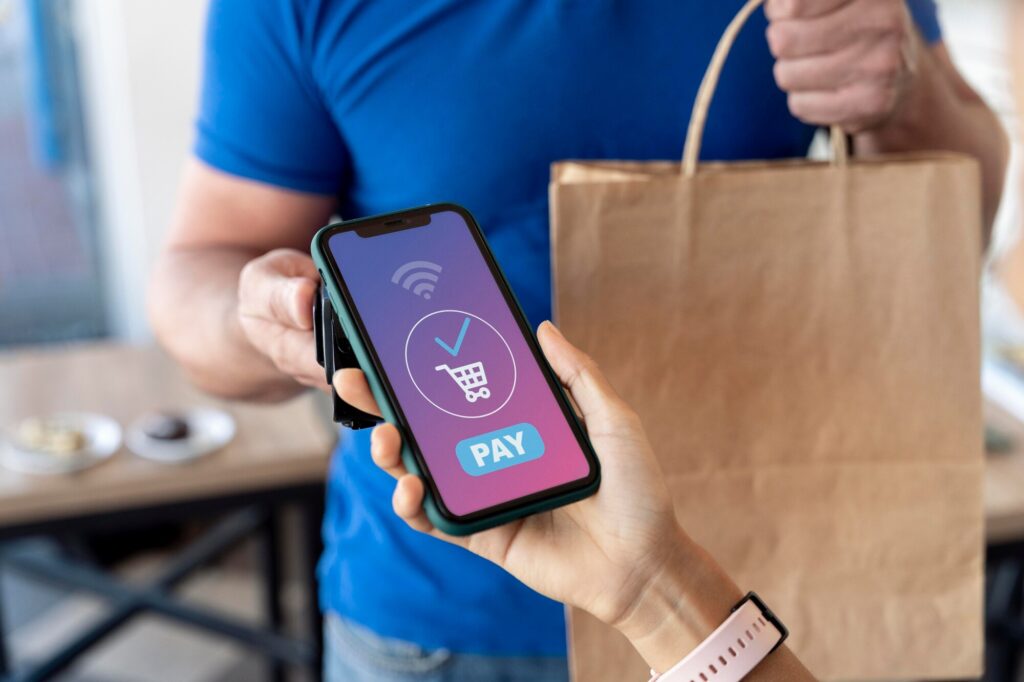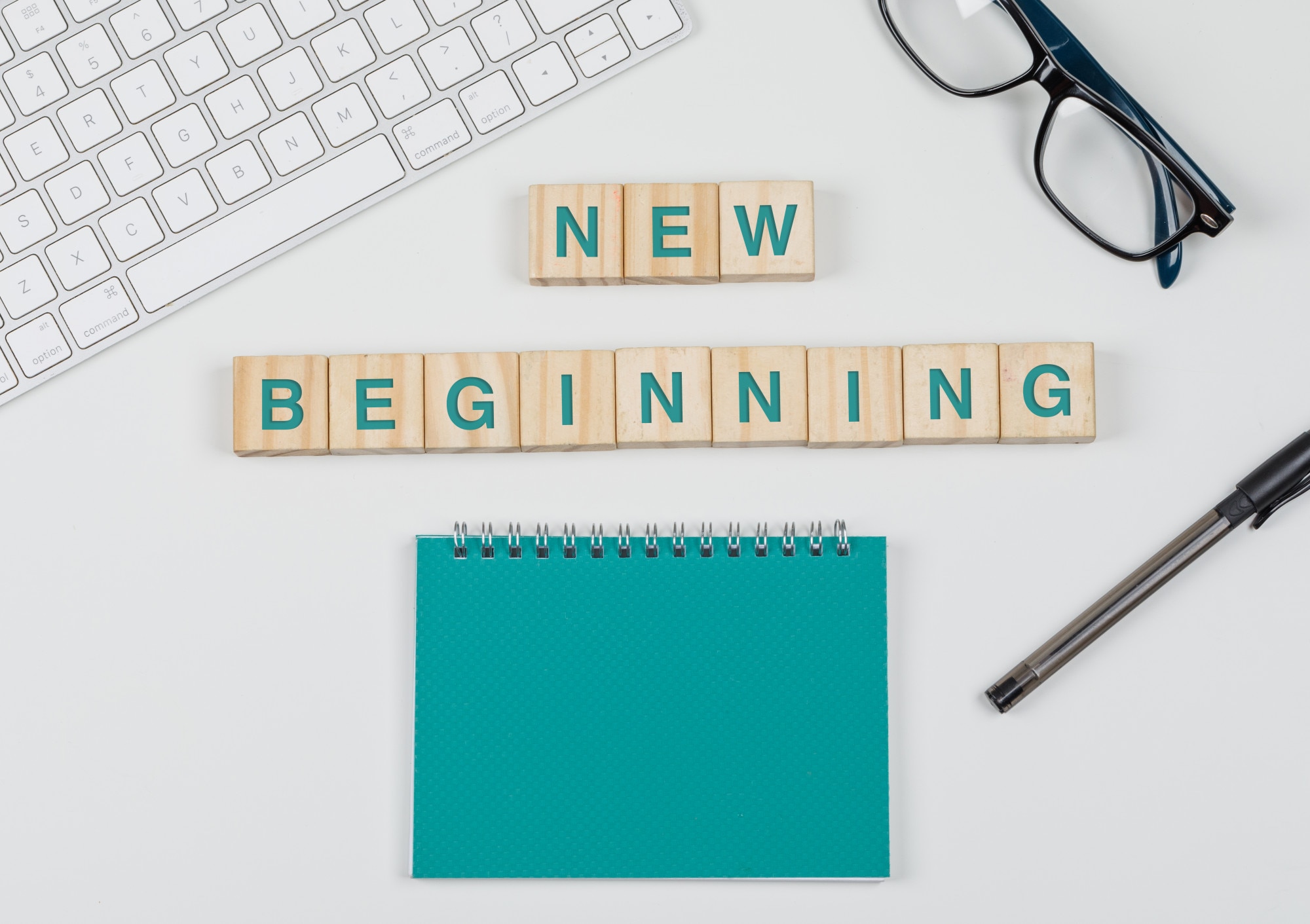Buy Now, Pay Later on Credit Cards: Smart Convenience or Debt Trap?
Explore how Buy Now, Pay Later on credit cards works, its benefits, risks, and tips to use it wisely without falling into debt.
Buy now, pay later sounds perfect—but is it?
“Buy now, pay later” (BNPL) isn’t new, but its integration into credit cards has changed how people shop and manage their money.
What once was a niche option at checkout has evolved into a powerful tool offered by major card issuers.
This trend promises flexibility and convenience. But with that ease comes a need for caution and understanding. Before you jump in, you need to know exactly how this works—and what it could mean for your finances.

How It Works
Buy Now, Pay Later on credit cards lets you convert eligible purchases into installment plans. This means you can spread out large payments over several months.
Instead of paying interest on your full balance, you’ll pay a fixed monthly fee or zero-interest payments, depending on the issuer’s terms. It feels predictable—and that’s the appeal.
This feature is often available within your card’s app or dashboard. After a qualifying purchase, you can select a payment plan with clear timeframes and costs.
Who Offers It
Most major issuers now offer some BNPL version. American Express has “Plan It.” Chase calls it “My Chase Plan.” Citi offers “Flex Pay.” These options are available for purchases above a certain threshold, like $100 or more.
They don’t usually require a credit check since you’re already a cardholder. Approval is often instant, making it seamless.
The Benefits
The biggest perk is predictability. Instead of wondering how much interest will accrue, you lock in a payment schedule.
It also helps with budgeting. Breaking up a $600 appliance into six $100 monthly payments can ease the strain on your wallet.
There’s often a lower cost compared to carrying a revolving balance. Some plans even come with no interest if you pay on time.
Potential Risks
But there are downsides. These plans don’t always save you money—especially if you miss payments. Late fees and penalties apply, just like any credit product.
They also reduce your available credit, increasing your utilization ratio. This can hurt your credit score if not managed carefully.
And you may overextend yourself. When you split one big purchase, it’s manageable. But if you split five, things get tricky fast.
Not the Same as Store BNPL
It’s easy to confuse this with third-party BNPL providers like Klarna or Afterpay. But credit card BNPL is tied directly to your existing account.
That means it impacts your credit utilization and your card’s overall balance. Store-based BNPL options often don’t report to credit bureaus—your credit card does.
And with store-based plans, missing payments might lock you out of future offers. With your credit card, it might increase your interest rate.
Fees to Watch
Some plans advertise zero interest, but many charge a flat monthly fee. This can make the total cost higher than expected.
A $300 purchase split into six payments with a $5 monthly fee means you’ll pay $30 more. It may be cheaper than interest—but it’s not free.
Always read the disclosures. Know exactly what you’re agreeing to before confirming a plan.
When It Makes Sense
Use it for planned, necessary expenses—like a car repair or laptop. Not for splurges or impulse buys you can’t afford.
And only if the terms are better than your card’s regular APR. If your card charges 25% APR, but the BNPL plan costs less, it could be a smart move.
But always ask: “Can I actually afford this over time?” If not, wait.
Tips to Use It Wisely
- Set payment reminders. Missing one can trigger fees.
- Stick to one or two active plans. Don’t overwhelm your budget.
- Avoid minimum payments. Always cover the full installment.
- Review your statements. Watch for overlapping charges.
- Compare plan fees vs. regular interest. Choose the cheaper path.
Bottom Line
Buy Now, Pay Later on credit cards adds flexibility to your financial toolkit. Used wisely, it’s a convenient way to manage large purchases without high interest.
But it’s not a free ride. Without discipline, it can lead to unnecessary debt and stress. Know the rules, read the terms, and use it with intention.





